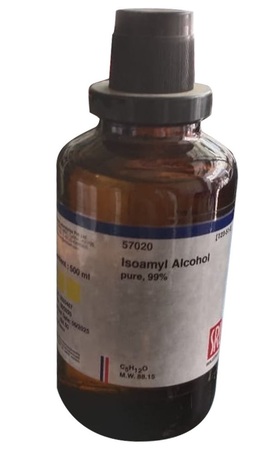
The global market for rheumatoid arthritis treatments is expected to grow at a CAGR of...
Learn More
Our consulting solutions address company specific challenges with respect to micro environment...
Learn More
Organizations frequently need day-today research guidancein order to gain strategic...
Learn More
Exploring different areas of market research and market analysis is a key factor...
Learn MoreAcute Market Reports presents the most extensive global business research services across industries. Our research studies focus on potential outcomes, benefits, and risks associated with each market segment across geographies. Having served our global clients for more than 10 years, our prime priority is to enable our clients in making well-informed business decisions through a data-driven, analytical, and uncomplicated research approach.
We provide access to the world's most comprehensive, analytical, and updated business intelligence services and solutions.




The drug-device combination products market is a rapidly growing sector within the healthcare industry that combines the benefits of pharmaceuticals and medical devices. These products consist of a combination of drugs and medical devices, which are ...
Read More
The isoamyl alcohol market is expected to rise at a CAGR of 13.5% during the forecast period of 2025 to 2033, driven by various factors such as its wide range of applications, increasing demand from end-use industries, and favorable market dynamics. ...
Read More
The tunnel automation market is experiencing significant growth driven by various factors such as increasing infrastructure development projects, advancements in automation technologies, and the need for enhanced safety and efficiency in tunnel opera...
Read More




